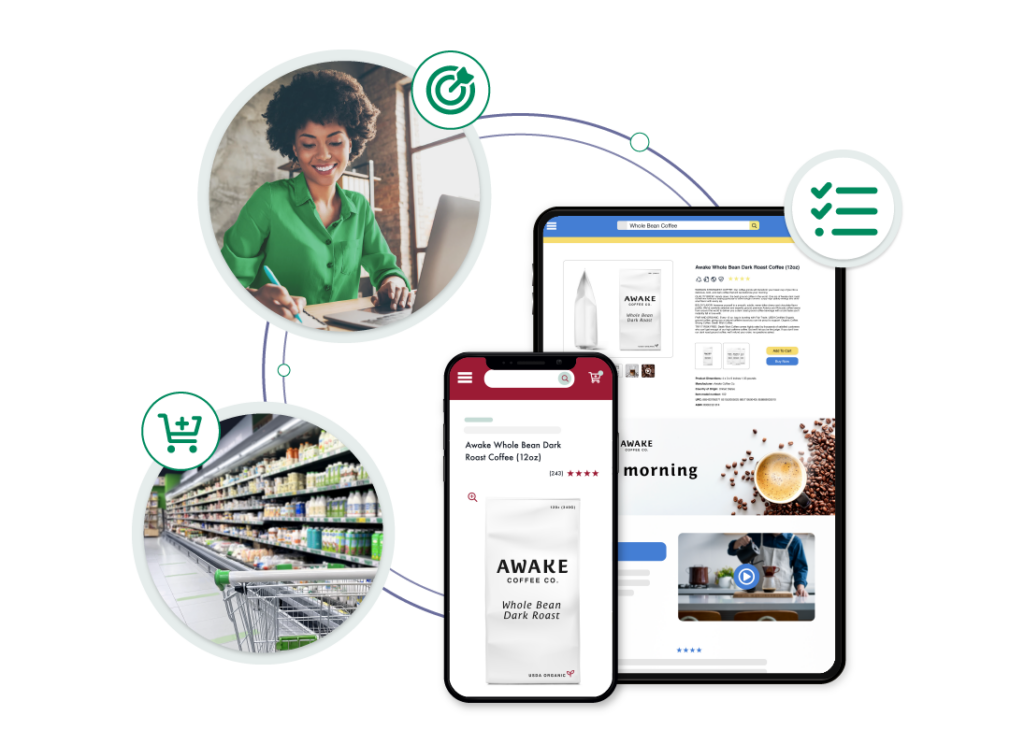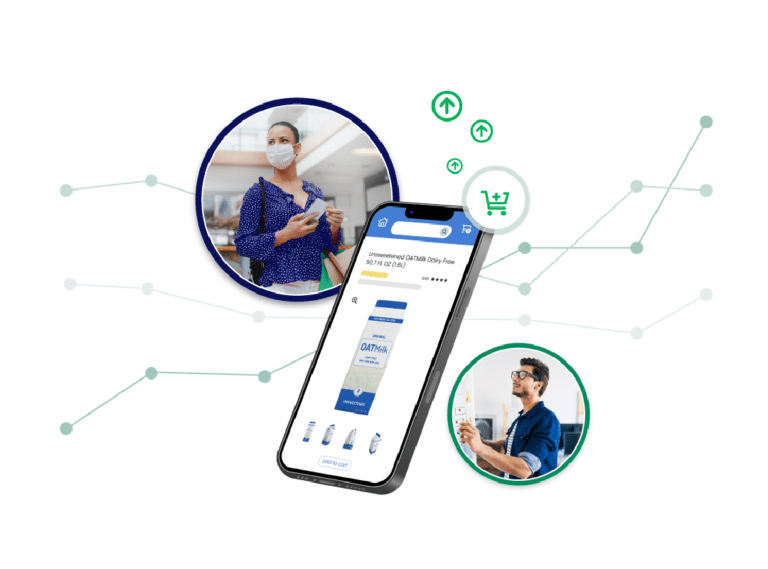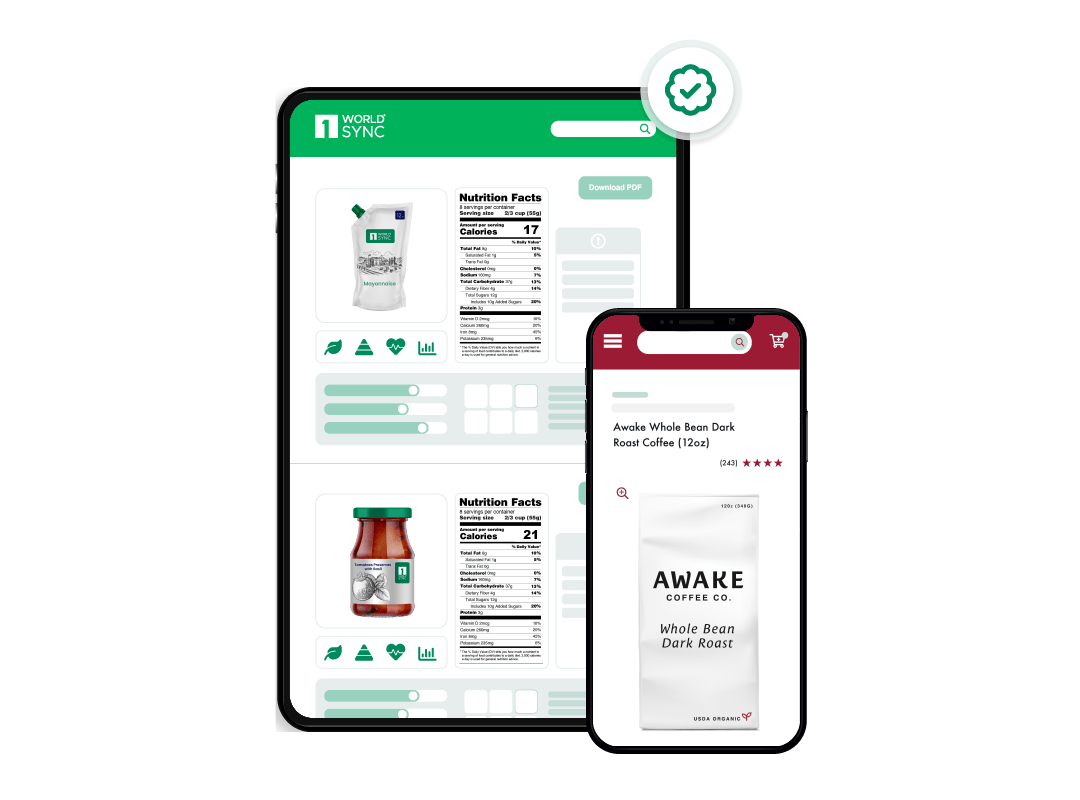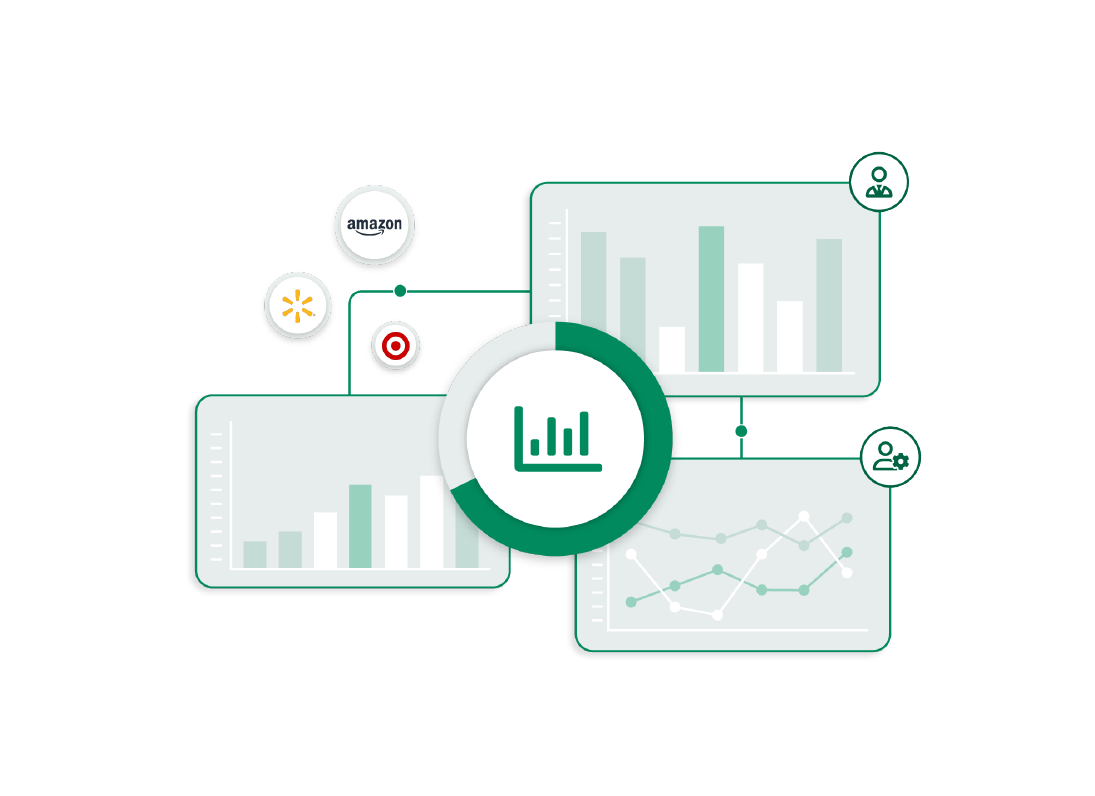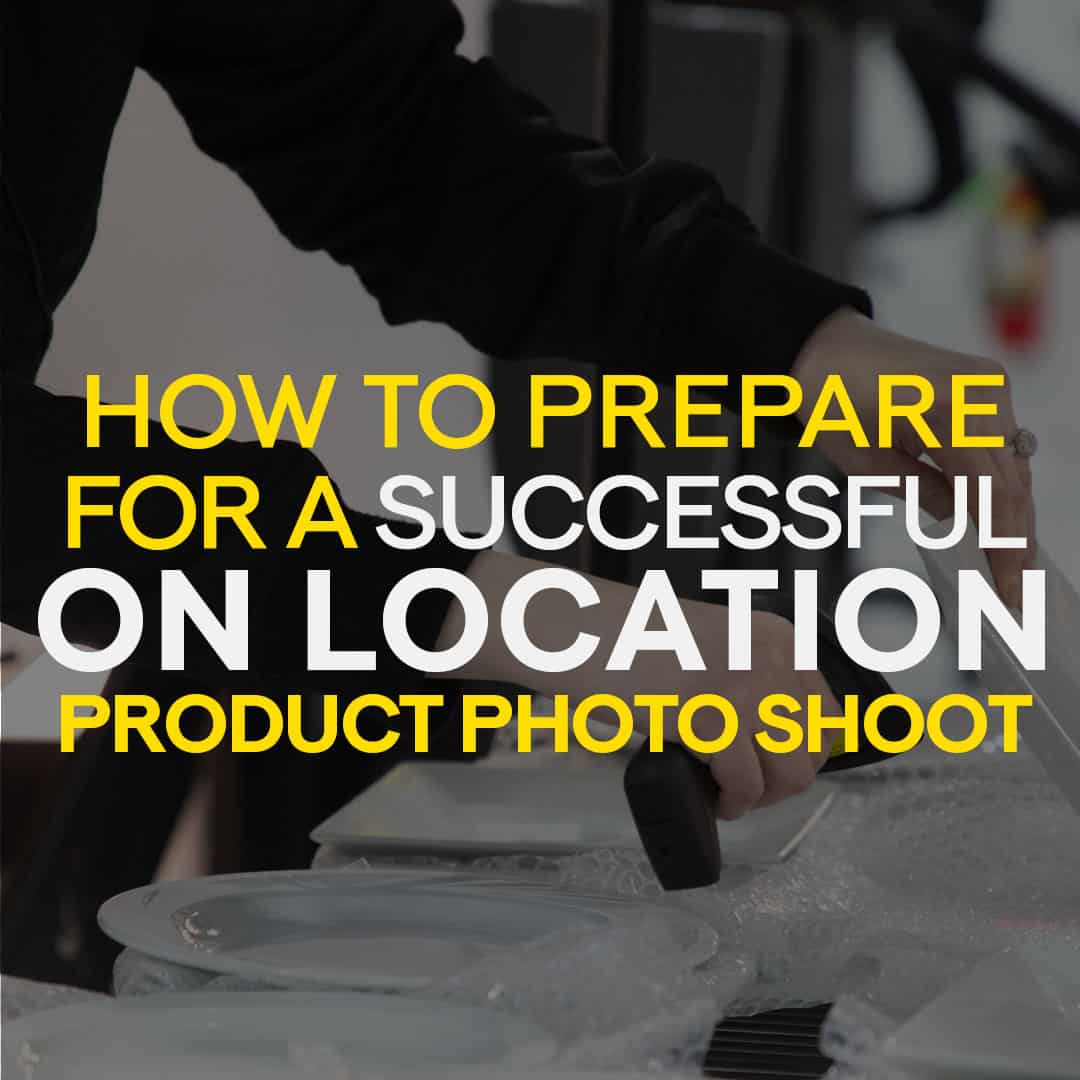You must optimize your e-commerce pages to reach your customer base. But how can you measure the effectiveness of your pages? 1WorldSync’s experts walk you through how to score your e-commerce page effectiveness and improve your pages for long-term growth.
Metrics vs. KPIs
If you’ve spent time in marketing, you’ve heard the terms “metrics” and “KPIs.” While both are necessary for charting growth and success, they aren’t interchangeable.
An e-commerce metric measures the performance of a specific aspect of your business. For example, relevant metrics can include traffic sources that help you understand which parts of your SEO are most fruitful.
KPI stands for Key Performance Indicator. KPIs are a selection of metrics that evaluate if your business is achieving its goals for growth. KPIs reflect the efficacy of your sales and marketing strategies.
As you develop a plan for scoring your e-commerce page effectiveness, you’ll want to choose KPIs that provide hard data detailing the success of your pages and whether they’re meeting your predetermined goals.
How Often Should You Check E-Commerce Page Metrics?
How often should you monitor your e-commerce page effectiveness and the metrics used to measure it? There’s no one-size-fits-all answer. Depending on your business and the metrics you track, you’ll need to run a check at different times. This next section gives you a rundown on how to categorize metrics into scheduled checks.
1. Weekly
Weekly checks help you hone in on specific metrics that determine the health of your pages. Traffic, social engagement, and impressions give you a picture of how your e-commerce pages perform week to week.
2. Every Two Weeks
Bi-weekly metric checks allow you to evaluate page performance metrics over a slightly extended period. This reduces the chances of a fluke measurement due to variations in customer behavior that occur week to week. For example, a major holiday can influence traffic numbers, but those numbers might not be consistent once the holiday has passed.
3. Monthly
Monthly metrics require a more extended period to evaluate accurately. Cart abandonment rates measured monthly give you an idea of the effectiveness of your e-commerce page marketing while allowing you to make changes that can be quickly assessed.
4. Quarterly
Quarterly metric checks empower you to keep your thumb on the health and efficacy of your e-commerce site and pages. Your weekly, bi-weekly, and monthly evaluations can show that your business is healthy and on track. Quarterly checks will prove that the changes you’ve made each week and month translate into long-term growth and success.
10 Metrics to Measure the Success of Your E-Commerce Pages
E-commerce retailers face unique challenges. At the same time, business owners are presented with limitless opportunities for growth that brick-and-mortar stores don’t have.
Understanding the most important KPIs for your e-commerce pages empowers you to build and grow your site –– and your business –– for long-term success.
1. Impressions
Impressions are the number of times your content or pages are presented to a customer. Impressions occur through SERP rankings via organic SEO, PPC advertising, and social media engagement, to name a few sources.
Your impressions are directly related to the resources you put into various SEO and marketing efforts. The more money you allocate here, the more people will see your content. But remember, impressions do not always mean clicks. And just because someone engages with your page doesn’t mean you’ve made a sale.
2. Customer Acquisition Cost
Your customer acquisition cost tells you how much money your e-commerce business pays to take on new customers.
Your customer acquisition costs, or cost per acquisition, should never outweigh your average order value. When this happens, you’re spending more on bringing in new customers than they’re paying you for your goods or services.
As you track customer acquisition costs, measure that data against the resources you’re spending on various campaigns and what you’re bringing in. This will give you an idea of the value of your spending and if you need to rethink your customer acquisition strategy.
3. Average Order Value
We mentioned the importance of average order value (AOV) in the point above. AOV is the average price your customers pay for the items in their carts. The higher your AOV, the greater your profits.
You can increase your AOV by providing comprehensive, engaging product data, selling add-ons, and strategically incorporating product imagery and hot spots. An informed customer is more likely to make a purchase.
4. Customer Lifetime Value
Customer lifetime value (CLV) is the total revenue you’ll earn from an individual customer over time. The CLV accounts for every order. CLV metrics show customer interest, satisfaction, and loyalty. The higher the CLV, the more the customer is buying.
Additionally, CLV is a signpost of your brand’s long-term viability. High CLV indicates that you know what your audience wants and can deliver consistently over time. CLV with consistent growth proves you understand your market and customers are loyal to your brand.
5. New vs. Returning Customers
The contrast between new and returning customers reflects your retention rate. You’ll want a higher percentage of returning customers over new customers. A higher return rate indicates brand loyalty and customer satisfaction.
Additionally, fewer resources are required to sell to existing customers over new customers. If you can increase your repeat customers, you’ll see lower customer acquisition costs, higher retention metrics, and higher customer satisfaction –– all of which contribute to a thriving e-commerce business.
6. Most Viewed Content
E-commerce pages must meet the needs of consumers who need an in-person shopping experience from a digital screen. Quality, informative content is non-negotiable within the e-commerce space.
According to a recent survey by 1WorldSync, 81 percent of respondents say quality product content is more important than brand recognition. And 56 percent noted that high-quality media, like 360-degree images, convinced them to buy something they didn’t think they needed.
As you score your e-commerce pages, analyze your most viewed content. This shows you what engages your audience. Pages with little, none, or low-quality content aren’t likely to increase your revenue. But when you prioritize quality visual content, your pages will keep customers focused on your products and persuade them to buy.
7. Conversion Rate
Your conversion rate is a straightforward metric that shows the effectiveness of your e-commerce pages. The conversion rate can be found by dividing the number of site visits by the total number of transactions.
Conversion rates indicate whether your pages, content, and inventory are attractive to your target audience. You can increase your product page conversion rates through rich content that provides the consumer with the information they want and need along with a buying process that makes purchases simple.
8. Refund and Return Rate
E-commerce returns rates are notoriously high. On average, online return rates are 11 percent higher than brick-and-mortar retailers.
A variety of factors result in high e-commerce returns. Shoppers tend to buy a higher volume with the intent to return after examining the items in person. And while you’ll never eliminate online returns, you can take significant steps to reduce your return and refund rates.
You will lower your online returns by providing consumers with abundant product photography, imagery, and data. 1WorldSync’s 2021 report, Consumer Perspectives on Online Returns, found that 43 percent of all product returns are due to misleading or inaccurate product descriptions.
Give shoppers the information they need to make an informed decision, and you’ll see return rates drop –– while customer satisfaction grows.
Conclusion
Many working parts come together to create effective, lucrative e-commerce pages. 1WorldSync provides brands and retailers with the tools, resources, solutions, and support needed to win the digital retail shelf.
Contact us today to learn how our suite of products can improve your e-commerce pages.
